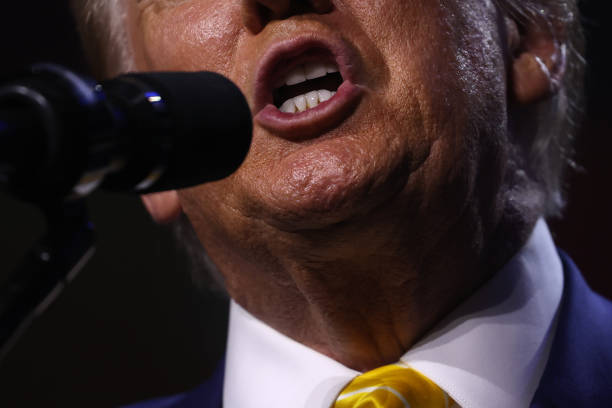Timeline: How Many Times the US Made “Peace” in Palestine, and Only Made Things Worse

At a joint press conference with ICC-wanted Prime Minister Benjamin Netanyahu, President Donald Trump announced what he called “eternal peace in the Middle East.” His pledge came as he defended Israel’s ongoing genocide in Gaza, dismissing the 2005 withdrawal as “a bad deal” because, in his words, Israelis had already shown “great generosity” by granting Palestinians a “valuable seafront.”
Trump’s plan, promoted as a deal to end the genocide in Gaza, also pledged full US support for Netanyahu to “do whatever must be done” if Hamas rejected his one-sided terms. In a dark twist of irony, Trump’s “eternal peace” sounded less like reconciliation and more like the eternal silence of an occupied people.
This scenario is far from new. Since the early 1990s, the United States has repeatedly staged “peace talks” between Israel and Palestine. Each round raised Palestinian hopes, but each ended with deeper occupation, growing settlements, and diminishing chances for genuine peace.
Here are the US-brokered “peace” plans that, instead of delivering justice, only expanded Israel’s impunity and worsened Palestinian losses.
Madrid Conference (October 1991)
Washington and Moscow hosted the first major peace conference, bringing together Arab states, Israel, and a joint Jordanian-Palestinian delegation. The goal was to open direct negotiations. Yet, Israel kept expanding settlements during the “transition” period, and the talks provided cover for new projects even before the Oslo process began.
Oslo Accords (1993) and Oslo II (1995)
The accords, signed in Washington under US sponsorship, marked a mutual recognition between the PLO and Israel and created a Palestinian Authority with limited self-rule. However, the West Bank was divided into Areas A, B, and C. Israel retained full control over Area C, covering roughly 60% of the territory, including farmland and settlement blocs. This division stifled Palestinian growth while allowing Israel to expand settlements with little restriction. Settlement numbers surged after Oslo, with organizations like Peace Now and B’Tselem documenting hundreds of new projects, making a contiguous Palestinian state increasingly unlikely.
Wye River Memorandum (October 1998)
The US hosted Netanyahu and Arafat in Maryland to restart Oslo’s implementation, promising Israeli withdrawals and Palestinian security measures. Implementation remained partial, as Israel delayed or avoided meaningful withdrawals. Meanwhile, checkpoints and barriers multiplied, freezing Palestinian life while settlements continued to grow without interruption.
Sharm el-Sheikh Agreements (1999)
Washington, along with Egypt and Jordan, pushed for new timelines on withdrawals and prisoner releases. Israel withdrew from a few urban zones but continued approving construction elsewhere. Outposts and settlement expansion spread, widening Israeli control despite signed commitments.
Camp David Summit (July 2000) and Clinton Parameters (December 2000)
US President Bill Clinton hosted Arafat and Barak to address final status issues, later proposing his “parameters” for peace. Talks collapsed, triggering the Second Intifada. Israel tightened its grip, expanding checkpoints, building walls, and carrying out military operations that devastated Palestinian land and property. Security pretexts allowed Israel to assert stronger control over settlements across the West Bank and Jerusalem.
Roadmap to Peace (2003)
The US, leading the Quartet alongside the UN, EU, and Russia, proposed a three-phase path toward a Palestinian state, demanding a freeze on settlements. Israel ignored these requirements, and successive governments continued to approve settlement expansion. The roadmap stalled, leaving Israel’s control over the ground deeply entrenched.
Annapolis Conference (2007)
President George W. Bush hosted Mahmoud Abbas and Ehud Olmert in Maryland, aiming for a final deal. The negotiations, however, were largely symbolic. Israel issued new building permits, legalized outposts, and expanded existing settlements. Palestinian political division weakened resistance, leaving the West Bank further fragmented.
Key Patterns
- Settlement expansion never stopped, growing after every deal.
- Area C granted Israel legal and practical control over most of the West Bank, while Palestinians faced demolitions and restrictions.
- Failed talks and waves of violence allowed Israel to tighten checkpoints, build the separation wall, and justify military actions.
Over three decades, US mediation produced photo-ops and temporary frameworks, but on the ground, Palestinians lost land while settlements multiplied. Roads, outposts, and walls reshaped the West Bank. Each so-called peace deal, instead of halting occupation, entrenched it further.




